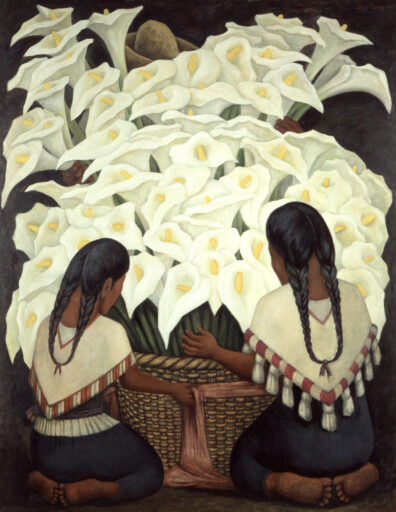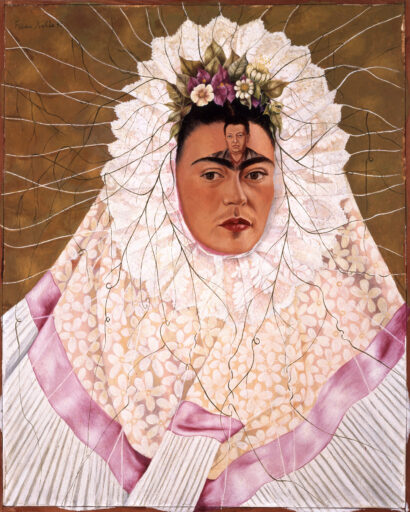
EXHIBITING AT THE DAM
By Jesus E. Sanchez Alvarez
Haga click aquí para leer la versión en español
As the saying goes, “art is a product of its time.” There is no better example of this than the new Frida Kahlo, Diego Rivera, and Mexican Modernism exhibition at the Denver Museum of Art. This exhibit showcases works of art created in post-revolution Mexico during what can be termed as a Mexican “cultural rebirth”. The Mexican Revolution, which lasted from 1910 to 1920, altered previous power dynamics that existed in Mexico in which elites controlled most of the agrarian lands. The aftermath of the revolution allowed rural peasants greater access to land to use for their own profit, granting them more integration into the rest of Mexican society.

As rural peasants were being assimilated more into Mexican society, artists such as Frida Kahlo and Diego Rivera began to integrate notions of Mexicanidad, or “Mexicanness,” into their art, which can be characterized as a fusion of pre-Columbian and modern aesthetics. Artists integrating Mexicanidad into their art did so to promote a positive outlook on Mexico’s new society after the revolution, and often portrayed Mexico’s diverse culture and people together in unison. This hybridity that Mexicanidad introduced came to be understood as something uniquely “Mexican,” and turned into a source of celebration. Mexicanidad also carried with it nationalistic sentiments, which helped Rivera rise in popularity among certain patrons.
Besides the hybridity found in the works of these two artists, the exhibition also contrasts the different approaches to painting between Kahlo and Rivera. In their separate paintings of actress Natasha Gelman, Rivera shows more concern with giving the movie star a larger-than-life presence, while Kahlo portrays her in an introspective fashion, emphasizing the actress’s interior thoughts. The exhibition also explains the symbology found in the works of these two artists, such as Rivera’s frequent employment of flowers to represent the potential of the new post-revolution Mexico, and Kahlo’s representation of dolls and monkeys to symbolize her infertility following a tragic car accident which damaged Kahlo’s pelvis.


For those interested in art history, or those who want to learn more about Mexico’s distinct past, this exhibition presents this time period in a concise and understandable way through the lens of two significant Mexican artists. The exhibition also contains works by other artists such as Lola Álvarez Bravo, Gunther Gerzso, María Izquierdo, Carlos Mérida, painting an even fuller picture of Mexico in this time period and giving us the ability to understand the thought patterns of Mexican artists working in the first half of the 20th century.
You may also like:
Nursing Home COVID-19 Cases Increase
Colorado to vaccinate 30,000 persons before end of year
Increased Patrol on Colorado Highway to detect drivers under influence






otras noticias
Hello Catira! Venezuelan flavor with soul
Colorado Rush invites kids to play, grow, and dream
Innovative plan at Adams 14 school gets green light